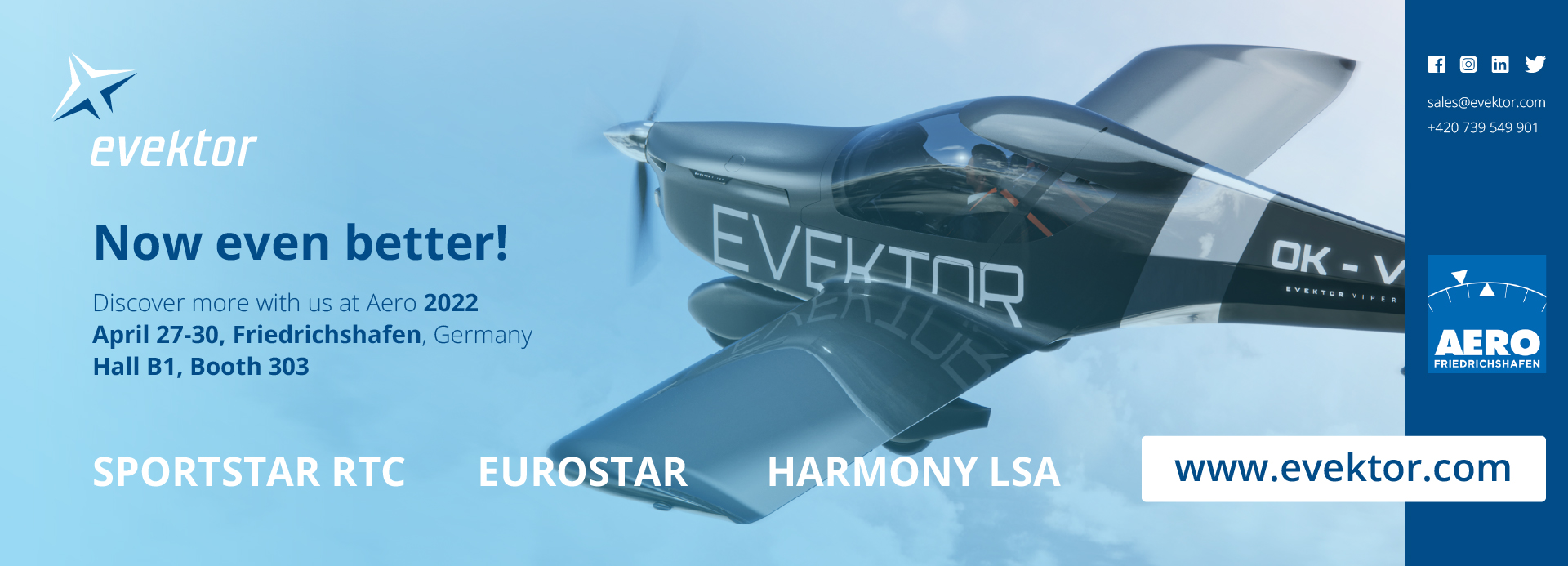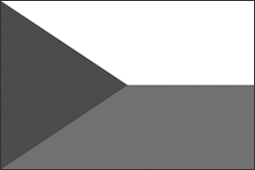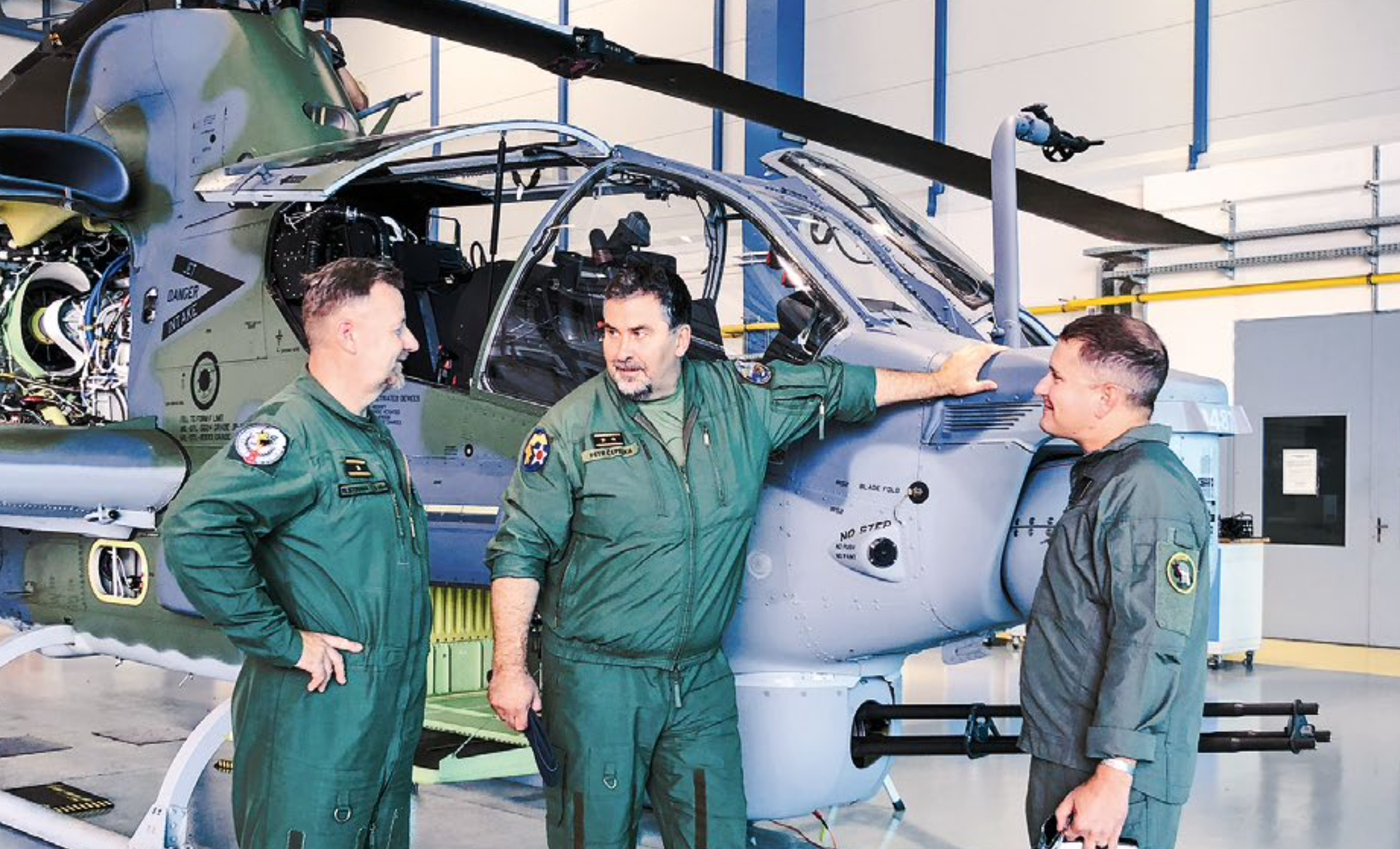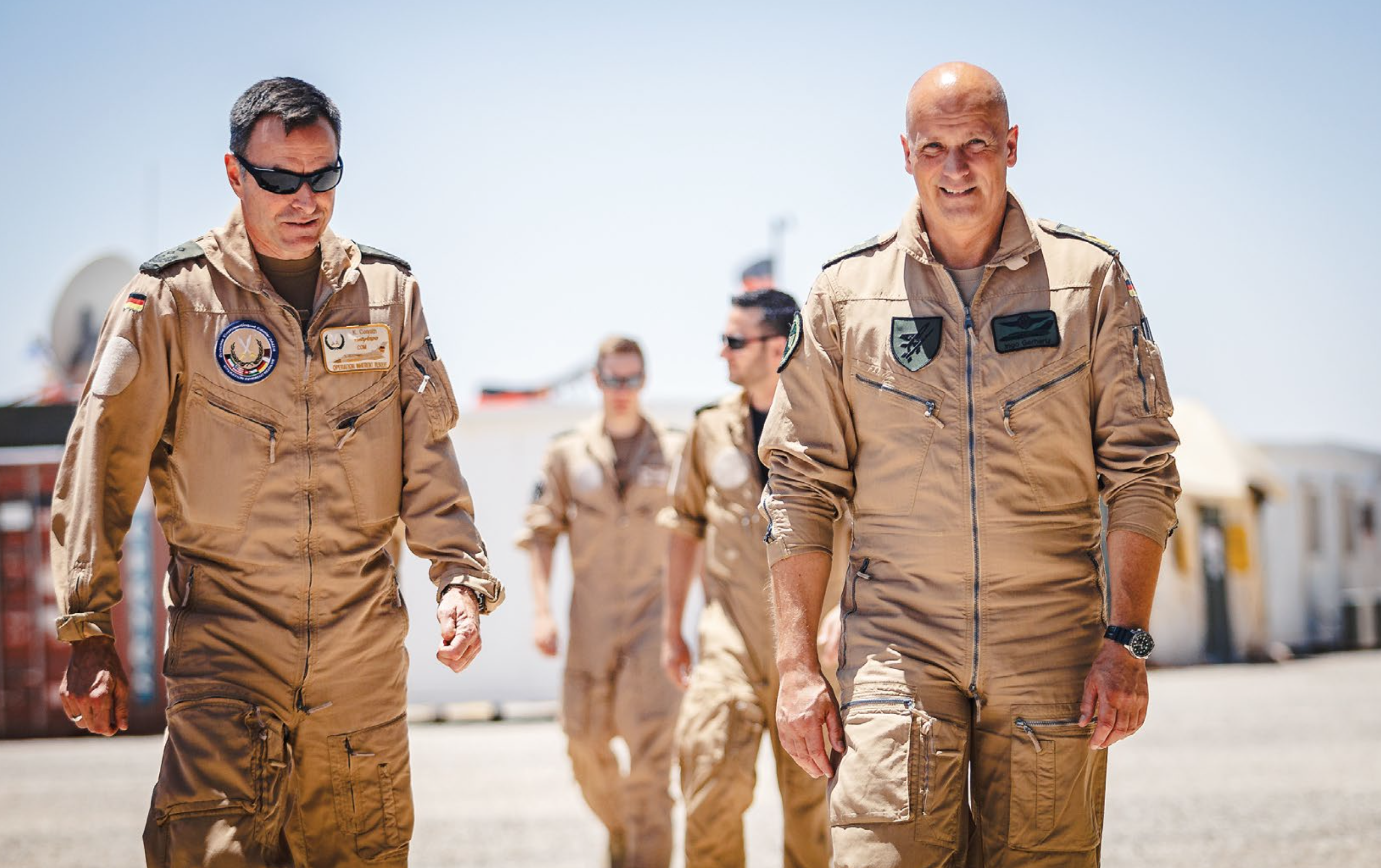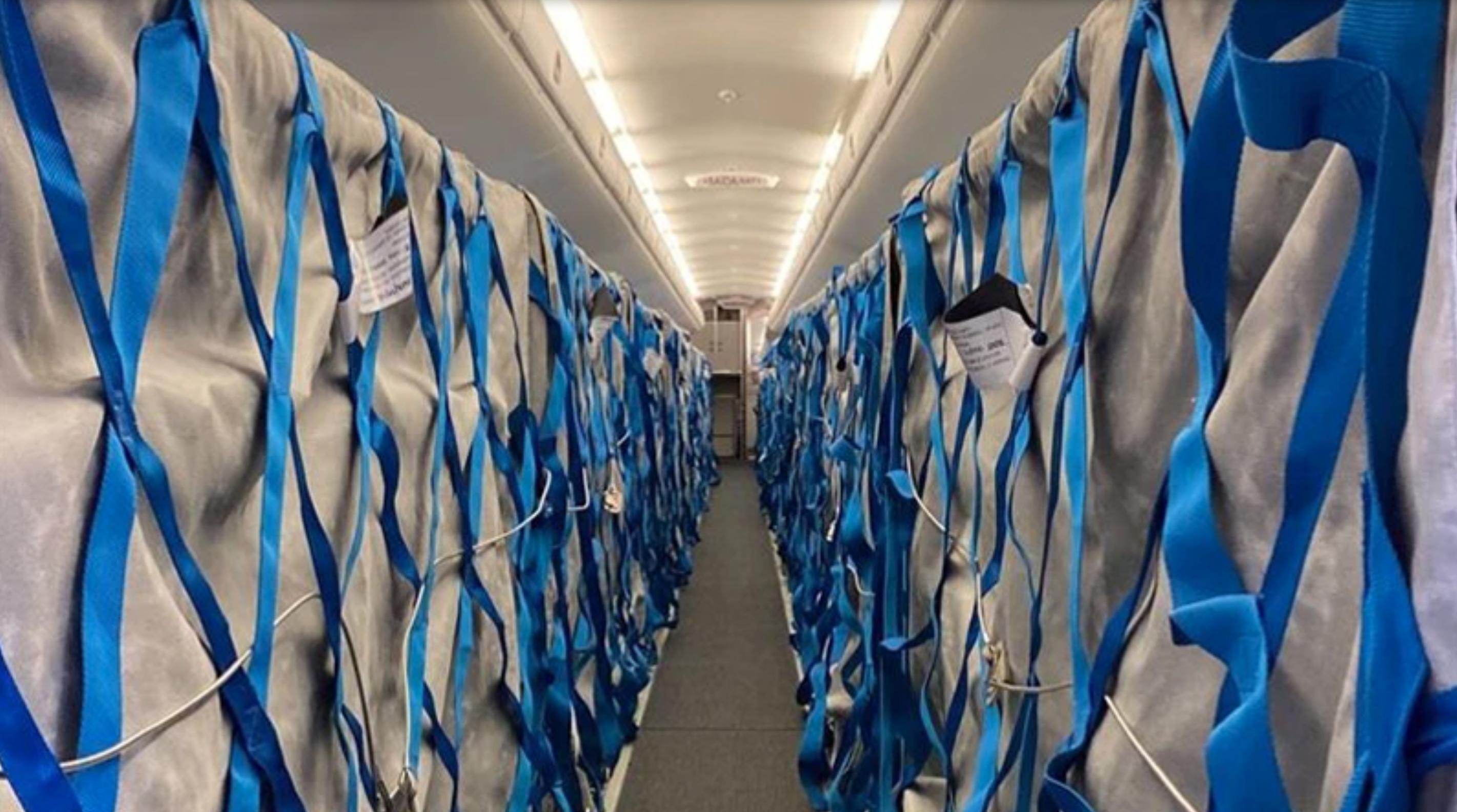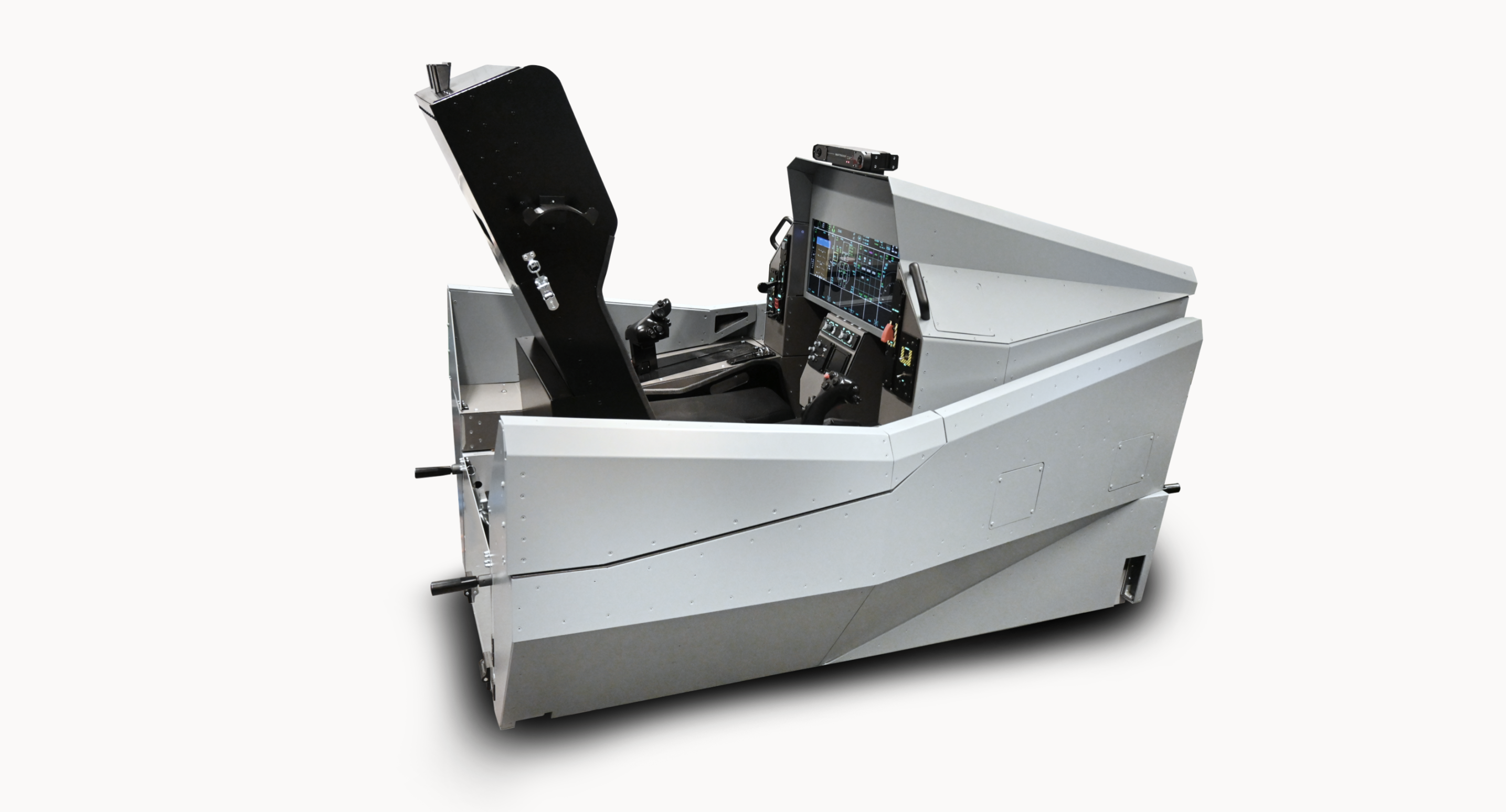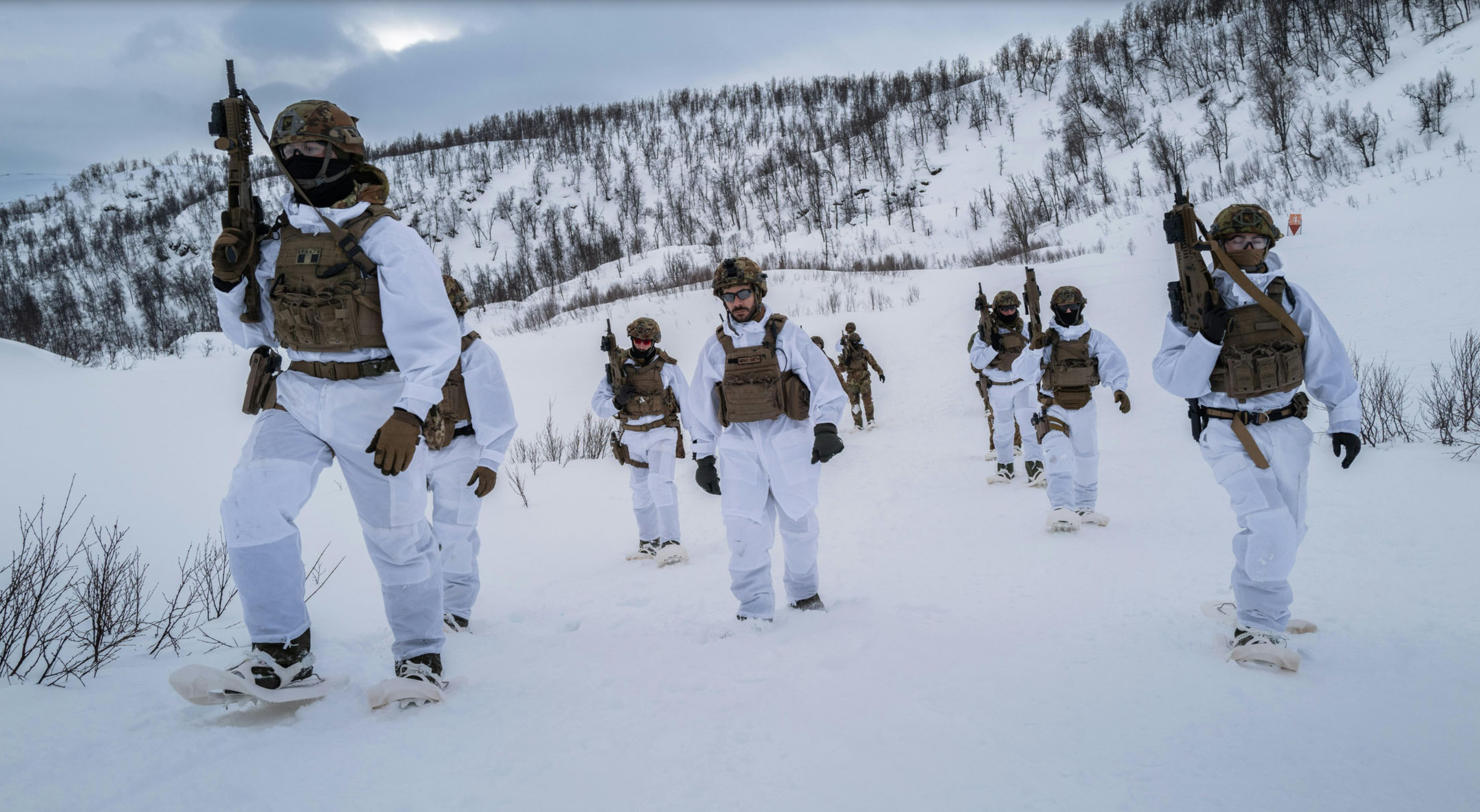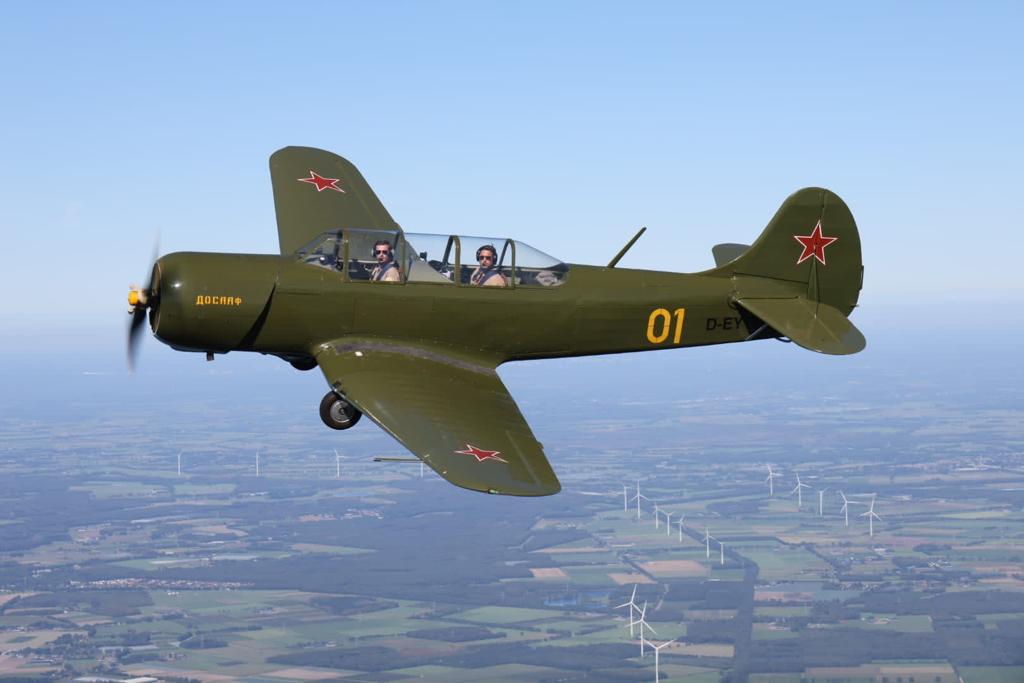Paving the Way for Unmanned Autonomous Systems
Since their inception, Unmanned Aerial Systems (UAS) have carved their place in modern warfare, first as means of intelligence gathering and later as combat intelligence, surveillance, target acquisition, reconnaissance (ISTAR) missions and Bomb Damage Assessment (BDA) systems.
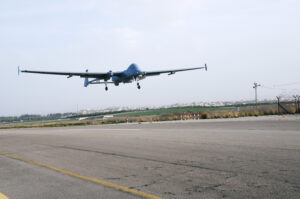
Unmanned Autonomous Systems are becoming increasingly important for modern warfare, providing essential intelligence gathering, surveillance, and target acquisition capabilities.
Initially used for overhead aerial photography, unmanned aerial platforms are now equipped with payloads capable of gathering information from standoff range via visual, thermal, and radar sensors, scanning the electromagnetic spectrum to spot radar and telecommunications activity, and designating targets for guided weapons launched by other aircraft or ground forces.
IAI has been a leader in unmanned systems for more than four decades. Today, the company provides a broad range of unmanned systems, from the Boeing 737 size, more than five-ton Heron TP, Heron 1 solutions, down to mini and micro UAS that weigh a few kilograms, loitering weapons of different types, along with unmanned systems designed for land and maritime operations. These systems use different aerodynamic configurations and various propulsion systems that optimize for operation at different altitudes and ranges. Still, all have a common thread in their ability to operate autonomously, thus replacing the human operator in dangerous, dull, and dirty military missions. To meet those tasks, IAI has developed unique autonomous mission systems that provide situational awareness and control of the platform to assist the human operator on the mission and take over when the situation requires. Although the implementation of such systems is different in each class, the principles, based on a deep understanding of unmanned and autonomous control technologies and mission management, are common to all systems.
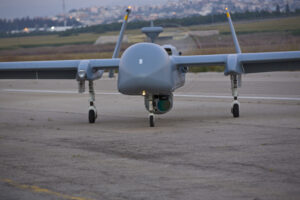
IAI is a leader in the development and production of unmanned systems, with a broad range of platforms and unique autonomous mission systems.
The iUCS mission control system is the standard ground control for IAI’s Heron family UAS. The system supports all mission phases, platforms, and payloads. The modular iUCS supports different configurations for tactical deployment in armored vehicles or shelters, maritime, and airborne platforms. The system is designed to operate with a single crewmember or stack several iUCS to support larger crews on more complex missions.
The Heron Family
The Heron family comprises several platforms designed for operations from the tactical to the strategic level. All members of the Heron family can share payloads, avionics, and ground systems, enabling users to scale operations and gain joint training and logistics advantages. These new models of the family are backed by IAI’s rich heritage, which accumulated over 2,200,000 UAS operational flight hours worldwide.
The Heron family features a highly efficient design for intelligence, surveillance, target acquisition, reconnaissance (ISTAR) and Bomb Damage Assessment (BDA) missions. Multiple sensor payloads are carried on board and can operate simultaneously, installed in and under the fuselage, on the booms, and carried under the wings. Together, they provide a complete, multi-modal intelligence-gathering
capability with a single platform. These payloads enable the collection of reconnaissance, surveillance, and intelligence in real-time, covering large areas of interest. Using dedicated sensors, the system can perform standoff reconnaissance (with the M19 advanced EO/IR payload) over a long distance (up to 100 km) or persistent surveillance over a wide area (Wasp payload). Synthetic aperture radar (SAR), Electronic Intelligence (ELINT), and Communications Intelligence (COMINT) measures are also included. The platform supports several datalinks, including a high throughput line-of-sight and satellite communications terminal providing a robust downlink for all sensor data. Identification, Friend or Foe (IFF), and a Traffic collision avoidance system (TCAS, DAA) to assist airspace integration.
Heron TP is the largest variant of the family. It has been operational with the Israeli Air Force since 2010. With a maximum Takeoff Weight (MTOW) of 5,670 kg, Heron TP can carry 2,700 kg of payloads. It can operate at an altitude of 45,000 ft on missions lasting 30 hours. These platforms are designed to meet NATO standards, including STANAG 4671, a military airworthiness standard enabling the system to operate in civilian airspace, a process successfully concluded in 2022.
Heron 1 is the backbone member of the Heron family, performing strategic as well as tactical missions It reflects the latest technology and operational maturity IAI, and its customers have gained since the early 2000s. At a 1,430 kg MTOW Heron 1 can carry 490 kg on missions of up to 45 hours, soaring to a ceiling of 35,000 ft. As its bigger sibling, Heron 1 is certifiable to STANAG 4671.
UAS are indispensable for modern combat, as they offer the intelligence gathering, surveillance, and target acquisition required for the planning and execution of combat operations and precision attacks. Recent conflicts have shown the decisive effect of military operations combining UAS, loitering weapons, and precision-guided munitions. To enable continuous operations in contested, UAS should maintain low signatures in the radar, acoustic, and thermal bands. To evade enemy air defenses, large UAS should be able to obtain intelligence from standoff range and be equipped with survivability aids like combat aircraft. The smaller and more affordable platforms should be agile, attritable, and easy to use to enable simultaneous operations in significant numbers by the tactical forces.
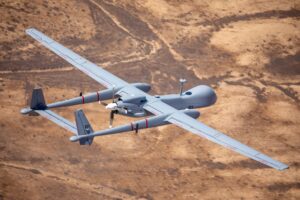
The Heron family of unmanned platforms is highly efficient and versatile, capable of carrying multiple sensor payloads and operating for extended periods of time, making it a valuable asset for a wide range of military missions. Heron TP on the picture.
IAI’s UAS families reflect all these capabilities today. As a multi-disciplinary aerospace and defense company, IAI has the know-how, experience, and technology to empower modern armies with autonomous solutions tailored to their needs.
Conclusion:
In conclusion, unmanned autonomous systems (UAS) have become a critical component of modern warfare, providing vital intelligence and surveillance capabilities for combat operations. Israel Aerospace Industries (IAI) has been at the forefront of UAS development for over four decades and currently offers a range of unmanned systems optimized for different altitudes and ranges. IAI’s Heron family of UAS offers a complete intelligence-gathering capability, featuring multiple sensor payloads that can operate simultaneously. These UAS platforms are designed to operate autonomously, replacing human operators in dangerous missions. They are also backed by IAI’s vast experience, with over 2.2 million operational flight hours worldwide.
